Previously, we examined the broad strokes of the Precambrian geologic record and established the unique features that characterize it. Now it is important we familiarize ourselves with how our old-earth colleagues interpret that data and reconstruct its history. When we talk about differences in opinion, we often compare the end product of the opposing side with our own. However, scientific conclusions do not pop out of thin air. The scientific method involves making observations, background research, interpretation of raw data, and testing ideas. The way in which we seek to understand the Precambrian is no different. Knowing why old-earth geologists interpret the Precambrian record in the way that they do will help us understand why our own conclusions in part 5 will differ. This is information we will need to know if we are to construct a young-earth understanding of the Precambrian’s history.
All About Perspective
As we continue, there is an important thing to remember. Old-earth geologists look at the Precambrian record with a very different set of starting assumptions than young-earth geologists.
At the most foundational level, old-earth geologists filter all raw, observable data through the lenses of methodological naturalism. According to this philosophy, they must explain everything in the physical universe using the same natural laws and processes in operation today. While methodological naturalism isn’t all bad, the exclusive use of it produces a bias. Scientists who operate exclusively within this paradigm are inherently incapable of recognizing, or even describing, anything that wasn’t the product of natural means.
Whether the earth is young or old, we weren’t around to see the Precambrian geologic record form. This means we must interpret it from circumstantial evidence in the present. Since old-earth geologists ascribe to naturalism, they must assume the Precambrian formed similarly to how geologic features still form today. The possibility that it formed by any other means (e.g. supernaturally) is not even a consideration for them.
Old-earth geologists use modern geologic processes as their guide; they also accept radiometric age dates as reflecting the passing of real, absolute time. As a result, these old-earth geologists came to the conclusions that the Precambrian formed over the course of billions of years. Applying this logic to the trends and patterns we described in part two of this series, they have correlated the rocks to long time periods in the Earth’s longer history. Let’s dig into their perspective of the Precambrian, starting with the oldest rocks.
HADEAN – 4.6 to 4 Billion Years Ago
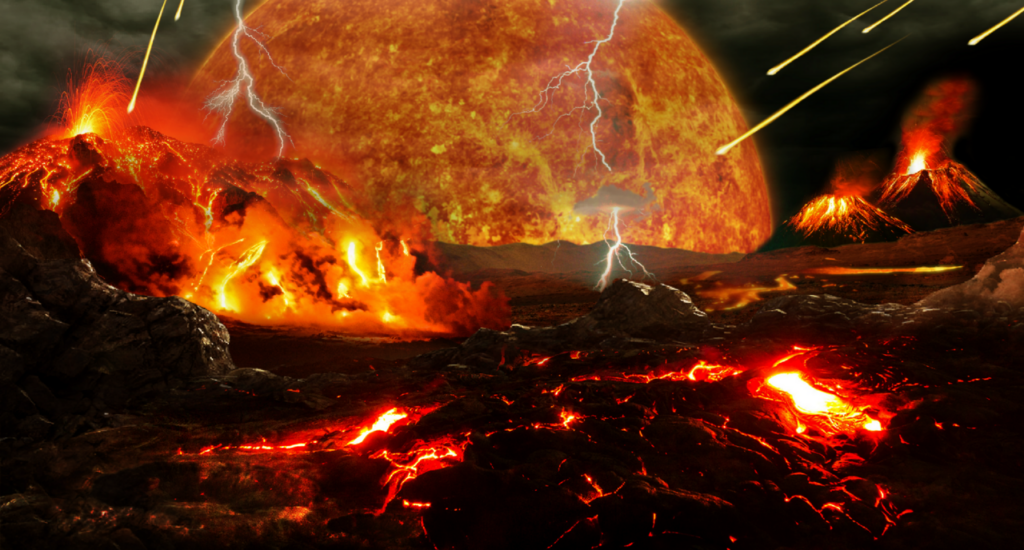
According to the old-earth worldview, the Precambrian begins 4.6 billion years ago. Dust and gas left behind from the birth of our solar system coalesced to form the third planet from the Sun: Earth. Researchers do not consider the Hadean a geologic timespan because there is virtually no geology to speak of from that time in history. Earth was hot and molten at this stage and did not possess a crust, and thus no oceans or continents. Celestial bodies―mostly asteroids and comets―repeatedly pummeled its surface.1 There was a period of time during the Hadean when extraterrestrial impacts were particularly abundant. It is called Late Heavy Bombardment.
Nearly 4.5 billion years ago, secular researchers speculate that Earth crossed paths with another planet, Theia, resulting in a head-on collision with the other. By the time the chaos subsided, most of the fragments of these two planets fused, though a smaller chunk started circling this new Earth. This became our Moon.2 While Earth’s surface was riddled with volcanic activity and ravaged by fierce storms,3 the ozone layer was thin and oxygen deficient, as it would be throughout much of the Precambrian.4 It is little wonder why this eon bears the name Hadean, after the Greek underworld Hades. The planet was inhospitable to life.
The Hadean eon ended when the frequent bombardment stopped and volcanic activity lessened. The earth’s crust cooled to the point that liquid water could accumulate on its surface.
ARCHEAN – 4 to 2.5 Billion Years Ago
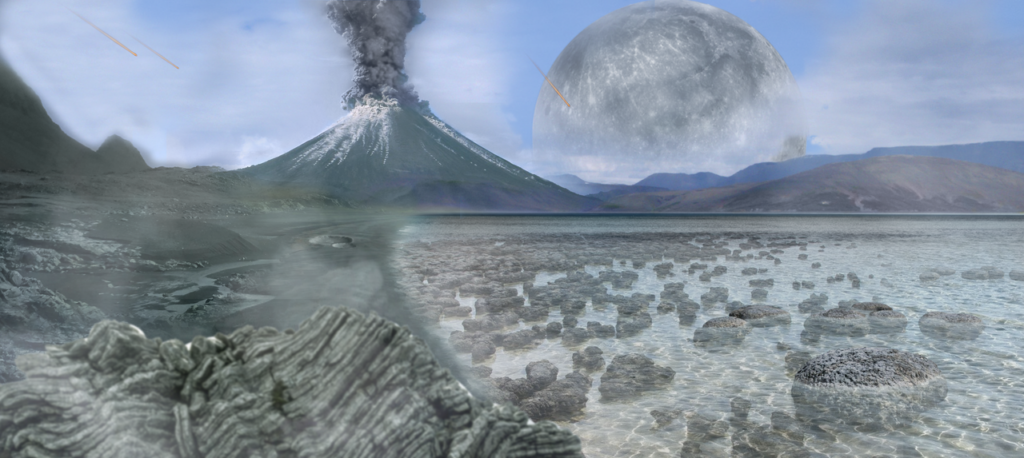
The Archean eon is named after a Greek word that means ‘beginning’ or ‘origin,’ as researchers long thought that the lessening of heavy bombardment and volcanic activity allowed life to arise. Exactly what kind of life is unknown, but geologists theorize they were simple, single-celled organisms that obtained nourishment from hydrothermal vents on the deep seafloor. Similar organisms exist around deep sea hydrothermal vents today.
The formation of continents began in the Archean, and along with them oceans. The remains of these continents are still visible today and called cratons. They serve as the foundation upon which our modern continents were built. These continents were devoid of life because the earth’s atmosphere had far lower oxygen levels than today. Instead, carbon dioxide and methane made up most of the earth’s atmosphere.
Life began flourishing in the water. Stromatolites are believed to be the most common sign of life at this time.5 Most old-earth geologists assume that Archean stromatolites were like those observed in modern times, such as those of Shark Bay, Australia. If so, they are the remnants of microbial mats formed by single-celled cyanobacteria living in tidal flats. If this interpretation is correct, then stromatolites represent the oldest direct evidence of life on earth.
PROTEROZOIC – 2.5 Billion to 541 Million Years Ago
Paleoproterozoic – 2.5 to 1.6 Billion Years Ago
Mesoproterozoic – 1.6 to 1.0 Billion Years Ago
Neoproterozoic – 1.0 Billion Years Ago to 542 Million Years Ago
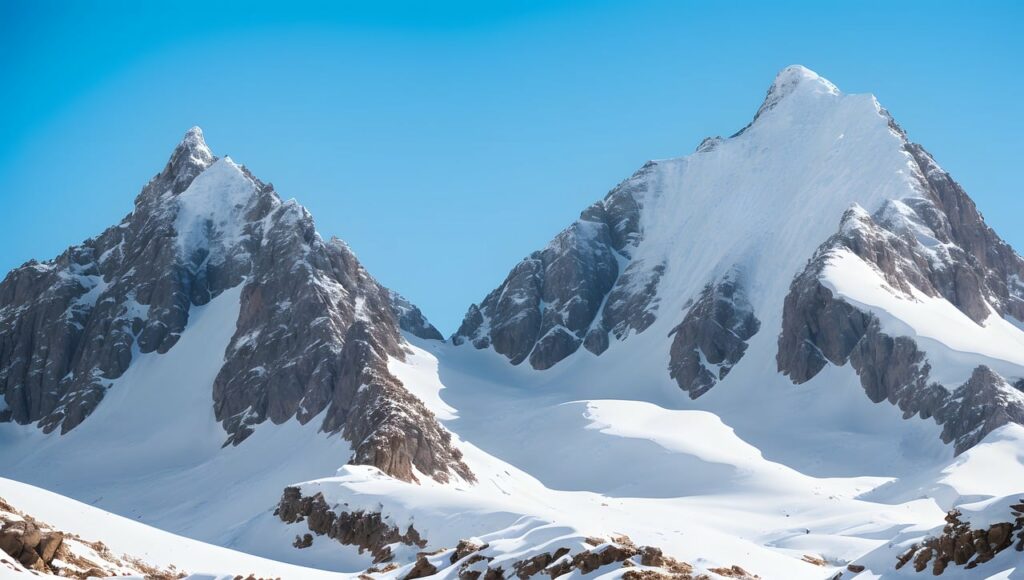
Proterozoic comes from the Greek; protero- meaning “former, earlier” and -zoic “of life.” Ironically, by the time of the Proterozoic life had allegedly already flourished for thousands of millions of years. But it was in the Proterozoic that life began to proliferate and diversify.
A Breath of Fresh Air
A dramatic increase in global oxygen levels known as the Great Oxidation Event marks the beginning of the Paleoproterozoic. Researchers believe this is due to an increase in oxygen production by cyanobacteria, as evidenced by the abundance of stromatolites at this time. Stromatolites are more common in Proterozoic rocks than any other time in earth history.6 Geologists also call this event the Oxygen Holocaust because it was at this time that, ironically enough, the introduction of oxygen proved fatal for most primitive forms of life. Many simple organisms became extinct, while others continued to thrive. Among them were the ancestors of multicellular lifeforms.7
Banded Iron Formations (BIFs) only appear very briefly on the Precambrian scene, during specific times within the Archean, Paleoproterozoic and the Neoproterozoic. However, when they do show up, they are very common and document the increase of oxygen levels worldwide. However, after the Neoproterozoic they have not made much of a contribution to the geologic record.
Continental Ballet
Thanks to a phenomenon called plate tectonics, the old earth geologists think the earth’s continents had been on the move ever since the Archean. But in the Proterozoic, they joined together for the first time to create Kenorland, one of the earliest of earth’s supercontinents. It was composed of continental crust that would later become parts of North America and Africa. Kenorland’s existence was short-lived (from a geological perspective) and began the supercontinent cycle. Most researchers believe many supercontinents have assembled and broken apart since Kenorland.
The Ice Age Cometh
Many geologists have noted similarities of Neoproterozoic diamictites to glacial deposits. We know glaciers tend to transport sediment, pebbles, and boulders of various sizes as they move across the landscape. Since diamictites are common in the Neoproterozoic, researchers think earth experienced a series of ice ages during this time. Researchers associate the last Neoproterozoic ice age with diamictite deposits found on continents situated along the Equator at the time. The similarities between these Neoproterozoic diamictite deposits and the debris left behind by glaciers today suggests to most geologists that they were formed during a “Snowball Earth”8 event. If true, the distribution of diamictite deposits would mean that the planet was completely covered by ice. This age of ice came to an end when gas from volcanoes built up in the atmosphere, generating enough global warming to melt the ice.
The Great Unconformity
*Crickets*…see part IV!
Garden of Ediacara
Following the meltdown from Snowball Earth, the planet returned to its warm, balmy state. The land remained barren and devoid of living things. Diverse life flourished in the oceans. Among them were the alien-like Ediacaran fauna we have met before. These were relatively large, complex, soft-bodied organisms that dwelled along ancient seafloors. In the layers below the Ediacaran fauna, organisms were single-celled and relatively simple by comparison.
Most Ediacaran life forms eventually became extinct, leaving no descendants in the modern day. Others persisted and evolved into many diverse forms. Within as few as 30 million years or so, almost all major groups (phyla) of animals we have today appeared, giving rise to the entirety of the animal kingdom as we know it. This abrupt appearance of diverse forms has been called the Cambrian Explosion. Despite often being considered a continuation of the evolution of life in the Proterozoic, these Cambrian organisms were quite different. One of the starkest dissimilarities is that they had hard parts, like shells and exoskeletons. Among these creatures were trilobites and jawless fish-like creatures.
Conclusion
Old-earth geologists have developed a very in-depth interpretation of the Precambrian geologic record, with the notable exception of the Great Unconformity. Based on their knowledge of modern geologic processes, they have reconstructed earth history from its earliest days in the Hadean all the way to the Cambrian Explosion and beyond. But this depth of knowledge is by no means set in stone. Many mysteries remain for the uniformitarian understanding of the Precambrian. And there are many challenges to this paradigm. These are what we will explore in part IV.
Acknowledgements
The author wishes to thank Harry Dickens for his involvement in the research and development of this article.
Pilgrimage Through the Precambrian Series
Precambrian Peculiarities (Part II)
Chinks in One’s Crust (Part IV)
The Future of the Precambrian Past (Part VI)
Footnotes
- Claeys, Philippe; Morbidelli, Alessandro (1 January 2011). “Late Heavy Bombardment”. In Gargaud, Muriel; Amils, Prof Ricardo; Quintanilla, José Cernicharo; Cleaves II, Henderson James (Jim); Irvine, William M.; Pinti, Prof Daniele L.; Viso, Michel (eds.). Encyclopedia of Astrobiology. Springer Berlin Heidelberg. pp. 909–912. ↩︎
- Canup, R.; Asphaug, E. (2001). “Origin of the Moon in a giant impact near the end of the Earth’s formation” (PDF). Nature. 412 (6848): 708–712. ↩︎
- Claeys, Philippe; Morbidelli, Alessandro (1 January 2011). “Late Heavy Bombardment”. In Gargaud, Muriel; Amils, Prof Ricardo; Quintanilla, José Cernicharo; Cleaves II, Henderson James (Jim); Irvine, William M.; Pinti, Prof Daniele L.; Viso, Michel (eds.). Encyclopedia of Astrobiology. Springer Berlin Heidelberg. pp. 909–912. ↩︎
- Zimmer, Carl (3 October 2013). “Earth’s Oxygen: A Mystery Easy to Take for Granted”. New York Times. ↩︎
- Garwood, Russell J. (2012). “Patterns In Palaeontology: The first 3 billion years of evolution”. Palaeontology Online. 2 (11): 1–14. ↩︎
- Schirrmeister, Bettina E.; de Vos, Jurriaan M.; Antonelli, Alexandre; Bagheri, Homayoun C. (29 January 2013). “Evolution of multicellularity coincided with increased diversification of cyanobacteria and the Great Oxidation Event”. Proceedings of the National Academy of Sciences. 110 (5): 1791–1796. ↩︎
- El Albani, Abderrazak; Bengtson, Stefan; Canfield, Donald E.; Riboulleau, Armelle; Rollion Bard, Claire; Macchiarelli, Roberto; et al. (2014). “The 2.1 Ga Old Francevillian Biota: Biogenicity, Taphonomy and Biodiversity”. PLOS ONE. 9 (6): e99438. ↩︎
- Kirschvink, J. L. (1992). “Late Proterozoic low-latitude global glaciation: The snowball Earth” (PDF). In Schopf, J. W.; Klein, C. (eds.). The Proterozoic Biosphere: A Multidisciplinary Study. Cambridge University Press. pp. 51–2. ↩︎


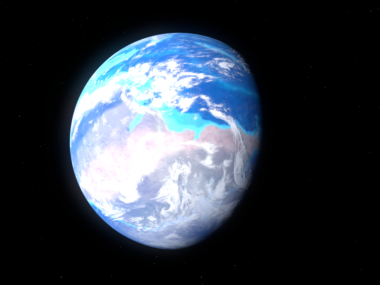
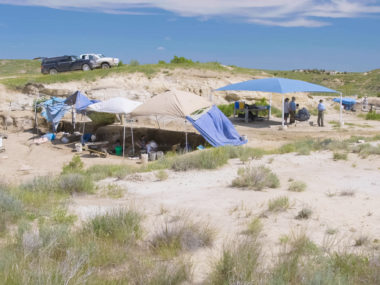
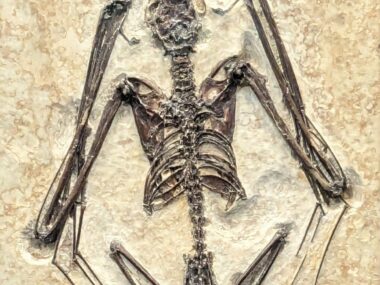

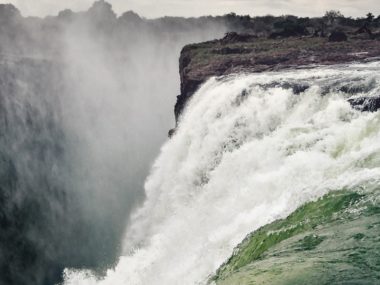
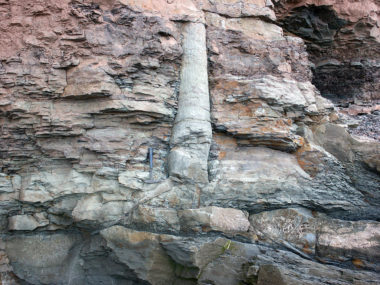



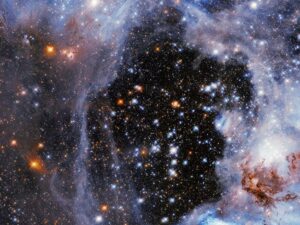
A question brother Christian.
In November I came across a statement in the media saying that a study supposedly gave evidence that remains of the supposed planet Theia exist inside the Earth.
-Yuan, Q., Li, M., Desch, SJ et al. Moon-forming impactor as a source of Earth’s basal mantle anomalies. Nature 623, 95–99 (2023). https://doi.org/10.1038/ s41586-023-06589-1
-“Strange spots on Earth’s mantle are relics of a massive collision.
The impact with a body called Theia 4.5 billion years ago left remains deep in the Earth and also created the Moon.” Nature, November 1, 2023
-“Is part of the body that collided with the Earth to form the Moon still recognizable within our planet?” phys.org
I have not seen any creationist website giving their opinion on these studies so I sent it to them to see what their opinion is on the matter.
Hello Andres,
Most of my experience is in fossils and earth geology, so I’m not 100% sure about a Genesis-based understanding of all the evidence for or against the Giant Impact Hypothesis. However, pulling on what I know from biological similarities among organisms, I wouldn’t be surprised if God used a similar archetypical blueprint for creating the Earth when He made the Moon and planets. For a more comprehensive answer, I would recommend checking out what astronomer Dr. Danny Faulkner has written on the Giant Impact Hypothesis. You can probably find that on Answers in Genesis’ website.